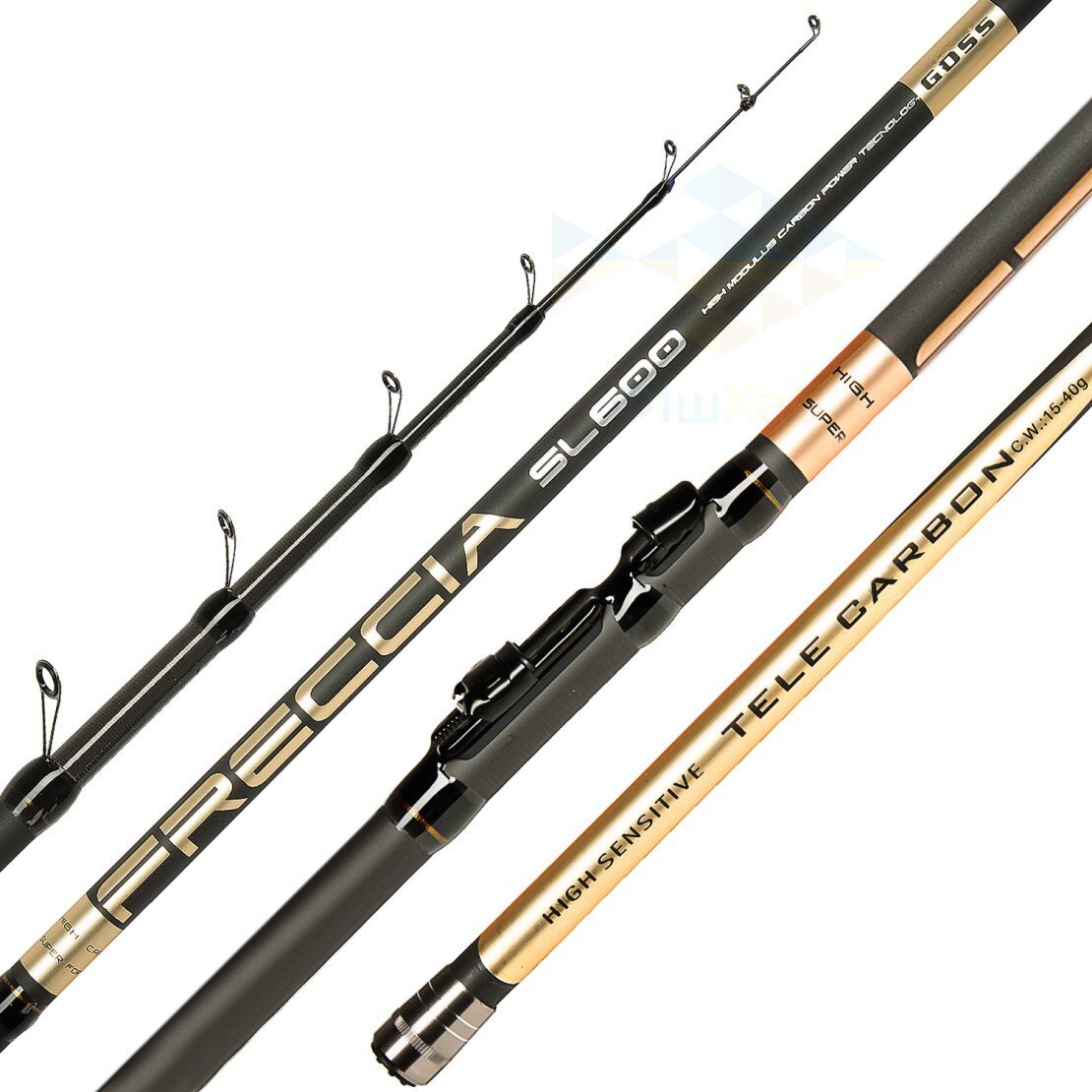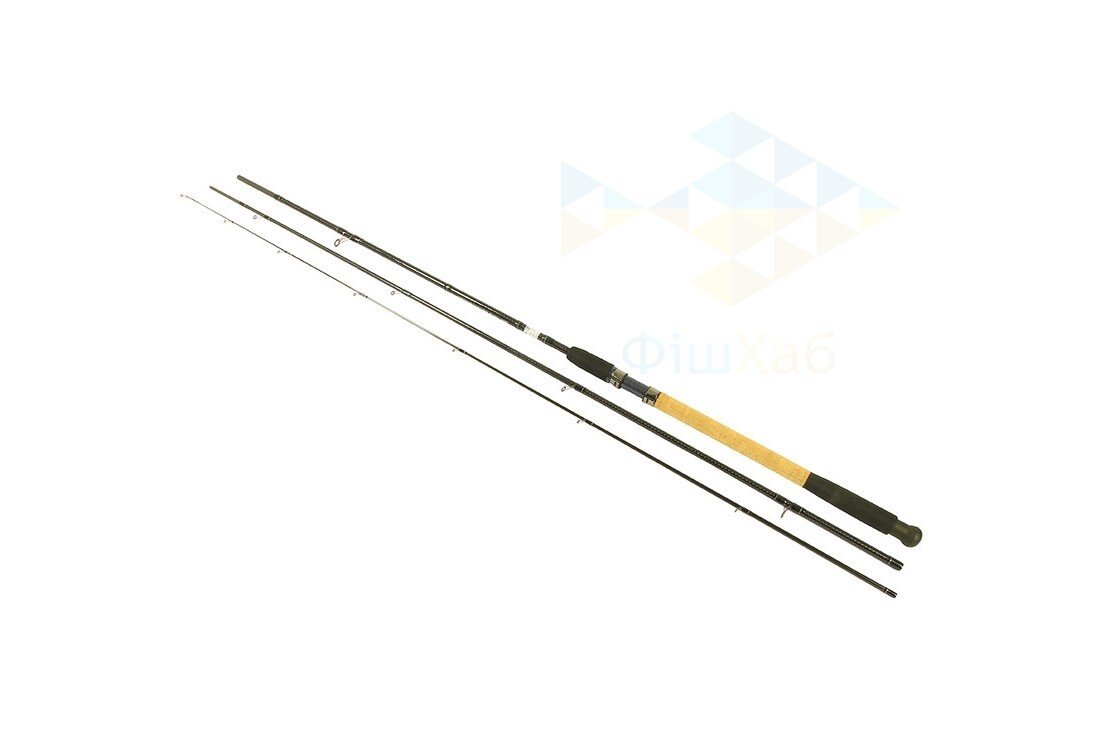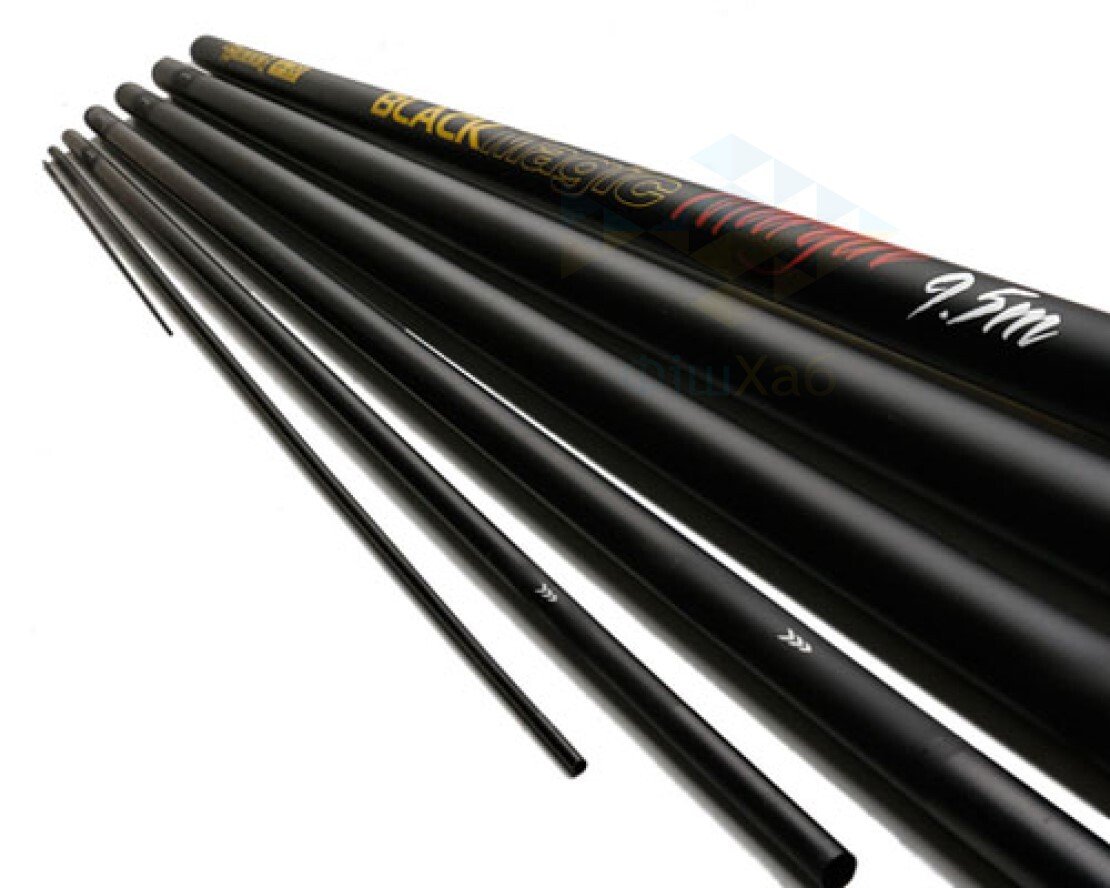See floodplain woodpeckers
Floating rod branches into several types, each of which has its own differences. These differences are found in the tackle used (in particular, the presence of a reel), as well as in the features of each specific species (rod length, presence of rings, etc.). There are three main types of float rods: fly rod, bolognese rod and match rod.
Moss rod
"Fly Fishing" is a traditional float fishing technique. In this subspecies of "floating fishing rod" a special rod without rings is used, and there is no use of a reel. Fishing is carried out by manually casting a float. This method allows the angler to closely monitor the floating float and react to the bite directly with the rod in hand. Fly fishing gives the angler greater control and the ability to interact with the fish without the mediation of a reel. This method remains popular among traditional fishing enthusiasts.

Bologna rod
Bologna fishing rod is an improved version of the usual fly fishing rod with additional functions. It is equipped with slip rings and a coil, which makes it more versatile.
A feature of the "Bologna fishing" there is a telescopic rod with slip rings and a inertialess reel, which can be of any type, from spinning to carp. In addition, a floating ring is located at the end of the rod, which reduces the load on the tackle.
Thanks to its versatility, the bologna rod is called the crowning achievement in float fishing. With it, almost no one is left without a catch, and, on the contrary, it was once even forbidden to use it in competitions due to its clear advantage. The main secret of its effectiveness lies in the number and location of the rings. Additional sliding rings are used to evenly distribute the load on the rod and facilitate the removal of cut fish. The rest depends on the skill of the fisherman. You can fish with a bologna rod on any rivers and lakes, from a long distance or near the shoreline, and with experience it can also be used successfully on overgrown ponds.

The difference between bolognese and matcha fishing rod
Bolonka is often confused with a match. A match rig is designed for long casting of heavy tackle, while a bologna rod is used for other tasks. For example, it is great for fast rivers where you need to fish with a rapid current.
Match rod
One of the features of "match fishing" there is the use of a special float that has a special shape. Also a characteristic feature is the use of a three-section rod with rings and an inertialess reel equipped with a special "match" spool This provides an opportunity to make long casts of the float. An additional important feature is the use of specialized sinking fishing line.
In the end, "match fishing" - is a fishing technique that involves long casting of a float with the help of a reel.

With sliding float
This option can be applied conditionally everywhere.
With fixed
"Fixed option" - only if the depth at the place of fishing is less than the length of the fishing rod by half a meter or more.
Plug rod
Plug rod, compared to "flying" option, also has no rings. Its main feature is the possibility of disconnecting any connection in any place, which allows fishing with a "shortened fishing line". (that is, a reduced distance from the tip of the rod to the float). This is the main technique of fishing with a plug rod. Only part of the rod, which is called the "whale", participates in casting. and is about the length of a hairline. After casting the "whale" is attached to the main rod, and the tackle is brought forward to the fishing spot. Pulling gear out of the water is done in the reverse order. During balancing, the rod remains in a straight line with the fishing line and is unable to absorb the jerks of the fish. Therefore, in plug rods, the end elbow has a special shock absorber placed inside the body of the rod.
Manufacturing of such fishing rods is carried out practically at the individual level, which is a time-consuming and expensive process. This, of course, affects the cost.

